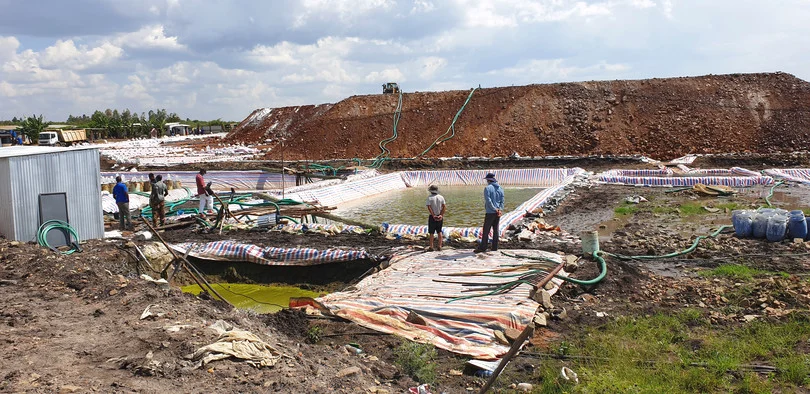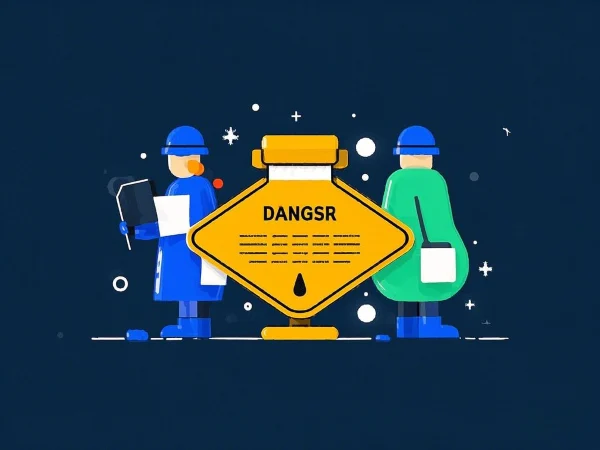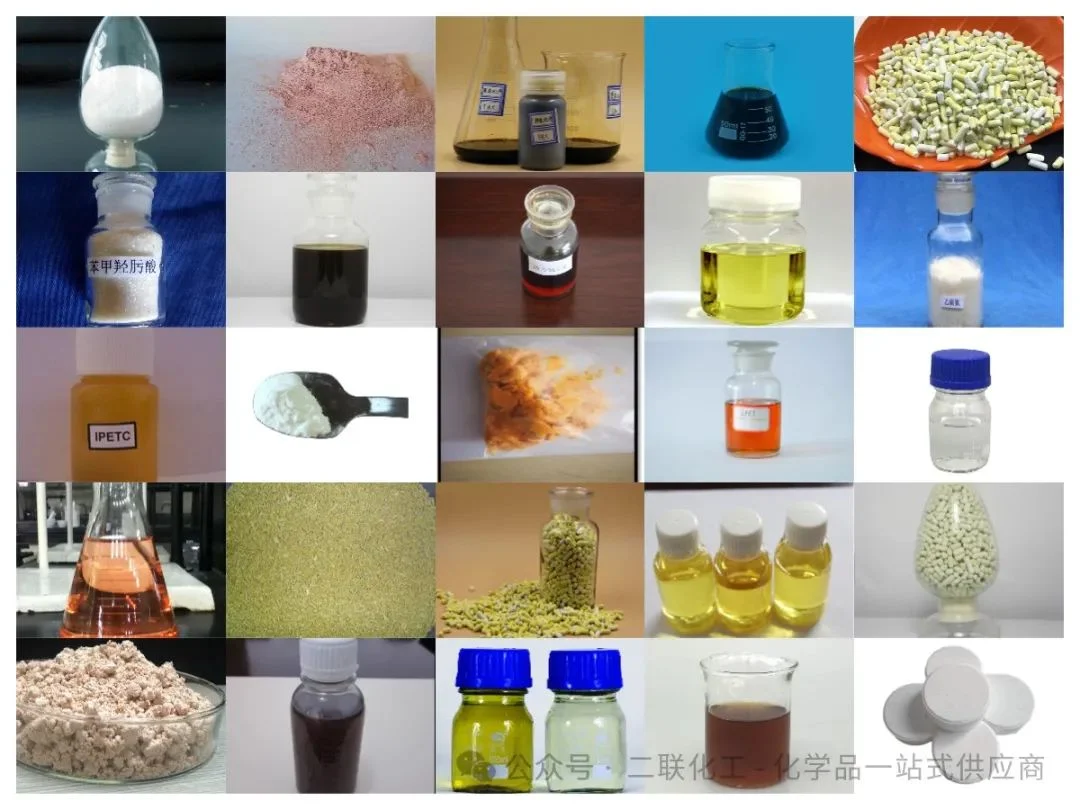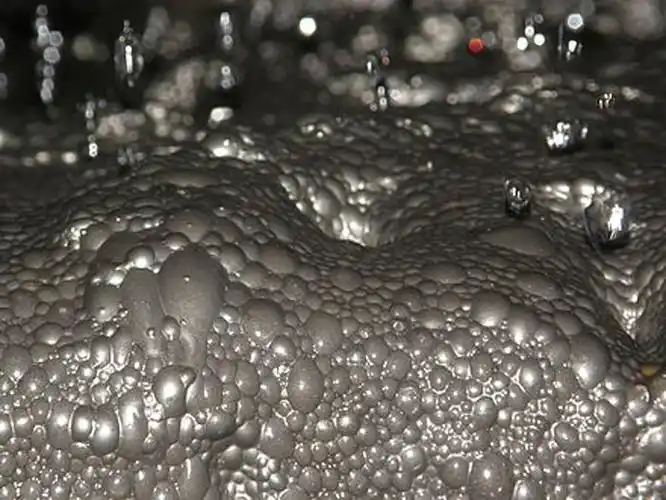
Sodium hydrosulfide is widely used in industrial production and laboratories. However, it poses certain hazards, so detection during its use and storage is necessary to ensure people's health and safety. Below are the precautions to take when conducting Sodium Hydrosulfide detection.
Before conducting the detection, it is essential to thoroughly check and maintain the detection equipment and instruments. Ensure that the equipment is in normal working condition to guarantee the accuracy and reliability of the detection results.
During the detection process, personnel must wear personal protective equipment that meets safety standards, including protective clothing, masks, and goggles. Sodium hydrosulfide is a chemical substance that can irritate the skin and mucous membranes, so proper protective measures must be taken to avoid direct contact and inhalation of harmful gases.
In addition, the operators conducting the detection need to receive professional training and guidance to understand the properties and characteristics of sodium hydrosulfide, as well as to master the correct detection methods and emergency response measures. Only trained personnel can make correct judgments and handle situations appropriately during the detection process.
Furthermore, the detection area must ensure good ventilation to help eliminate harmful gases. Laboratories and production sites using sodium hydrosulfide must be equipped with ventilation systems, which should be regularly maintained and inspected to ensure their proper functioning.
After the detection, it is important to promptly clean and dispose of the detection equipment and samples. Used equipment and waste should be properly disposed of to avoid environmental contamination and health risks. Additionally, the detection results should be accurately recorded and reported for future data analysis and reference.
Sodium hydrosulfide detection is a critical task that must be carried out strictly according to established procedures and standards. Only by ensuring proper safety precautions and operational processes can we better protect people's health and safety. It is hoped that all personnel involved will keep these precautions in mind and carry out sodium hydrosulfide detection work diligently, contributing to the health and stability of society.
- Random Content
- Hot content
- Hot review content
- Toxicity Assessment of Sodium Cyanide and Relevant Hazard Prevention Measures
- 99.5% min Ammonium Chloride For Industrial Use
- Methyl Isoubtyl Carbinol 99% liquid MIBC
- Barium carbonate 99% powder
- calcium chloride anhydrous for food
- Hydrogen Peroxide
- Manganese sulfate
- 1Discounted Sodium Cyanide (CAS: 143-33-9) for Mining - High Quality & Competitive Pricing
- 2Sodium Cyanide 98% CAS 143-33-9 gold dressing agent Essential for Mining and Chemical Industries
- 3Sodium Cyanide 98%+ CAS 143-33-9
- 4Anhydrous Oxalic acid 99.6% Industrial Grade
- 5Soda Ash Dense / Light 99.2% Sodium Carbonate Washing Soda
- 6Oxalic acid for mining 99.6%
- 7Calcium hydroxide Industrial Grade 90%
- 1Sodium Cyanide 98% CAS 143-33-9 gold dressing agent Essential for Mining and Chemical Industries
- 2High Quality 99% Purity of Cyanuric chloride ISO 9001:2005 REACH Verified Producer
- 3 High-Quality Sodium Cyanide for Leaching
- 4Powdery emulsion explosive
- 5Industry Grade Electron grade 98% Sulfuric Acid H2SO4 Sulphuric Acid Battery Acid Industrial Sulfuric Acid
- 6Colloidal emulsion explosive
- 7sodium hydrosulfide 70% flakes used Mining Industry












Online message consultation
Add comment: